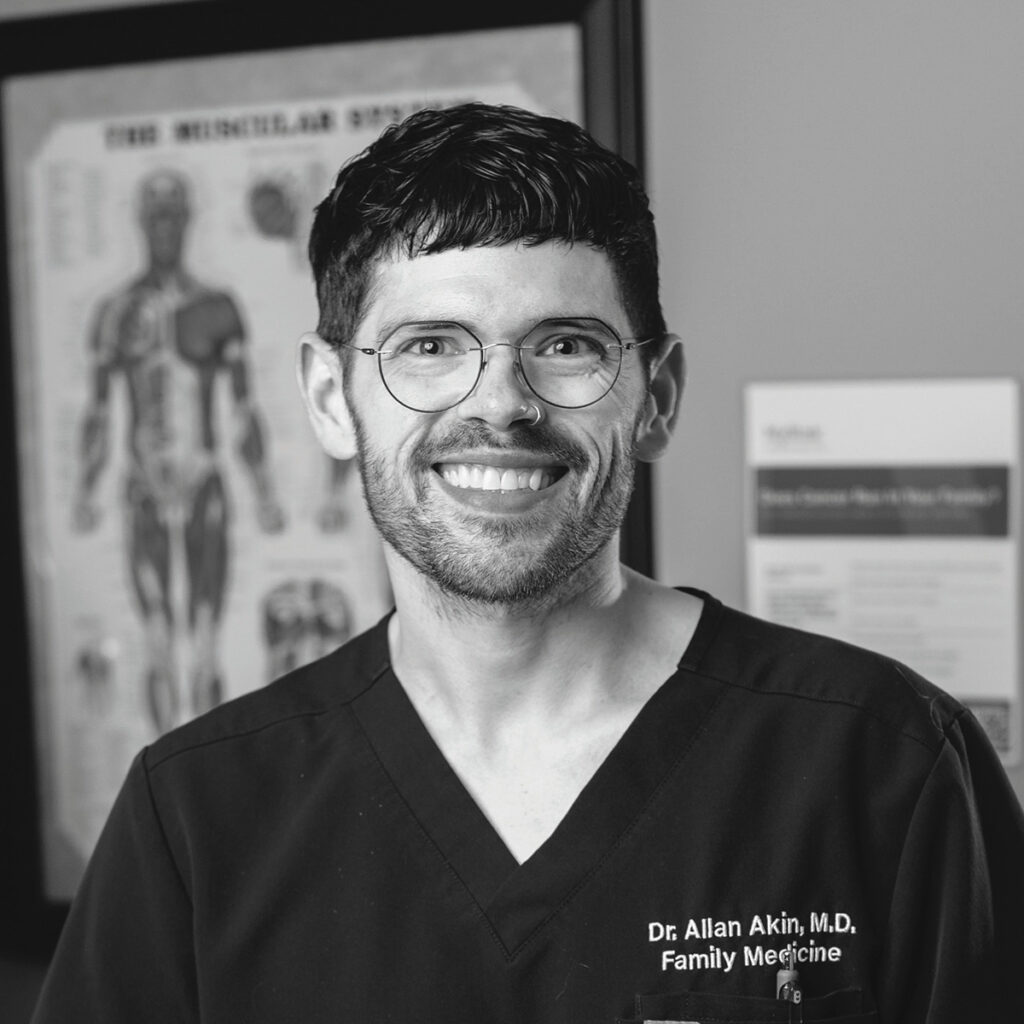Eating disorders are serious conditions characterized by unhealthy patterns of food consumption – typically either eating too much or too little. Contrary to what the name suggests, however, these disorders are about much more than food. In this article, a local expert explains why there is more to eating disorders than meets the eye.

On the surface, eating disorders might simply seem like an unhealthy lifestyle choice, but that is far from the truth. There is no singular cause for eating disorders, but in most cases, there are co-occurring mental health disorders, life experiences, or substance abuse problems that cause them to develop or worsen. This is one of many reasons why healing from an eating disorder is much more complicated than many people realize.
“The catchphrase for eating disorder recovery is ‘it’s not about the food,’” says Addie Bramlett, director of eating disorder programs at Focus Treatment Centers. “It’s not just about the diet. People don’t just decide to cut out carbs and then end up with an eating disorder.” With that in mind, Bramlett recommends a “whole person” approach to eating disorder recovery, which involves discovering any and all factors that caused the disorder to develop and providing individualized care to address them.
Psychological Factors
Often, when a patient is admitted to a residential treatment facility for an eating disorder, healthcare providers find that the eating disorder itself is just the tip of the iceberg. According to the National Eating Disorders Association (NEDA), a 2014 study found that among 2,400 individuals who were hospitalized for eating disorders, 97% had one or more co-occurring conditions such as mood disorders, anxiety disorders, and post-traumatic stress disorder.
According to Bramlett, “The eating disorder is like a red herring, or a smoke screen.” In order to fully treat the eating disorder, it is critical to treat any underlying psychological and emotional conditions that contributed to it. Though food is important for healing, simply getting back to a healthy weight is not enough when it comes to eating disorder recovery. “We use food as a medicine, but our focus is helping patients rebuild their relationship with themselves, with their body, and with food,” Bramlett explains.
Life Experiences
Psychological disorders often lay the groundwork for eating disorders, but not everyone who has a mental health disorder like anxiety or depression will end up developing one. In practice, Bramlett has found that a “perfect storm” of lived experiences such as trauma, negative childhood experiences, and societal influence can cause an eating disorder to develop.
Upbringing
Many adults with severe eating disorders had negative thoughts about food or weight instilled in them from a young age. Children are impressionable, and the things they hear and see can cause lasting damage.

“Some people grow up with chronically dieting parents, parents who had an eating disorder, or parents who struggled with substances. Body shaming and bullying also tend to aggravate the thoughts that lead to eating disorders,” Bramlett explains. “It is important for the people around eating disorder patients to understand that they need to stop talking about dieting, commenting on their body, or encouraging weight loss.”
Trauma in Childhood
In more extreme circumstances, adverse childhood experiences (ACEs), such as emotional and physical abuse, neglect, or being raised in a dysfunctional household, have a strong correlation with disordered eating. According to a 2022 study published in the Journal of Eating Disorders, adults seeking treatment for eating disorders statistically report significantly more ACEs than the national average. Children in turbulent situations have very little control over their lives and may seek some level of control by restricting food or overeating. “Eating disorders can start as a coping mechanism or a way to feel safe,” Bramlett explains. “I explain to my patients that this probably saved their lives
at some point. The disorder helped them stay in control. It helped them feel safe until they could get out of that situation.”
Trauma in Adulthood
Trauma refers to any event or ongoing situation that makes a person feel distressed, fearful, or helpless. Life-threatening events, ongoing domestic violence, or the death of a close loved one are known as “big T” traumas, and “little t” traumas include things like divorce, being bullied, or being rejected by a group of people. Both big T and repeated little t traumas greatly increase a person’s chances of developing an eating disorder. When we experience trauma, we employ coping mechanisms. For some people, counting calories or obsessively exercising might be easier than thinking about what they have experienced. For others, binging can bring a sense of comfort or create a distraction from painful feelings. In either case, Bramlett stresses that it is not a conscious decision that someone makes, but a subconscious attempt to deal with trauma.
Substance Abuse

In Bramlett’s experience, the correlation between eating disorders and substance abuse or addiction is impossible to ignore. “More often than not, people who come in for residential treatment have a co-occurring disorder like substance abuse. It’s very rare for us to see someone who doesn’t at least abuse alcohol,” she states. “People often seek treatment when there’s some sort of crisis, which might be getting a DUI or being hospitalized for an overdose. When people are admitted to our facility, they are given a full assessment which includes both eating disorder and substance use questions.”
Many patients seek treatment for substance abuse only to learn that their primary condition is an eating disorder. The opposite is also true.
Substance abuse can exacerbate eating disorders, and in turn, eating disorders can exacerbate substance abuse. This blurred line can create a dangerous cycle that is easy to fall into, but very difficult to break. For example, Bramlett often sees patients who refuse to eat when drinking alcohol. This behavior, colloquially known as “drunkorexia,” can be done to heighten the buzz of alcohol, but it can also be done to counteract the calories from alcoholic beverages. It can take some time to determine whether such behaviors are indicative of addiction or an eating disorder, and that is why some residential facilities offer dual treatments that address both.
In addition to behaviors like drunkorexia, eating disorders and substance abuse often go hand-in-hand because both commonly begin as coping mechanisms. “There are different addictions and different diagnoses, but they all manifested for the same purpose, which is often that sense of control,” Bramlett explains. Unfortunately, both substance abuse and eating disorders can cause a lot of harm, which can exacerbate the problems that caused a person to need a coping mechanism in the first place. This is why so much of the treatment revolves around replacing old coping mechanisms with new ones that don’t cause harm.
Eating disorders are complex, and healing from them is difficult – but it is entirely possible. If you suspect that you are showing signs of disordered eating, talking to your doctor is a great first step to getting any help that you might need. If someone in your life is dealing with an eating disorder, Bramlett suggests seeking out educational resources like the National Eating Disorder Association’s website to learn more about how you can help.

Addie Bramlett, RDN, LDN, CEDR
Director of Eating Disorder Programs




